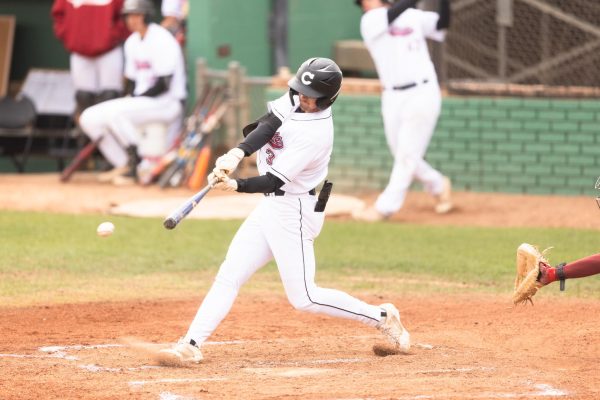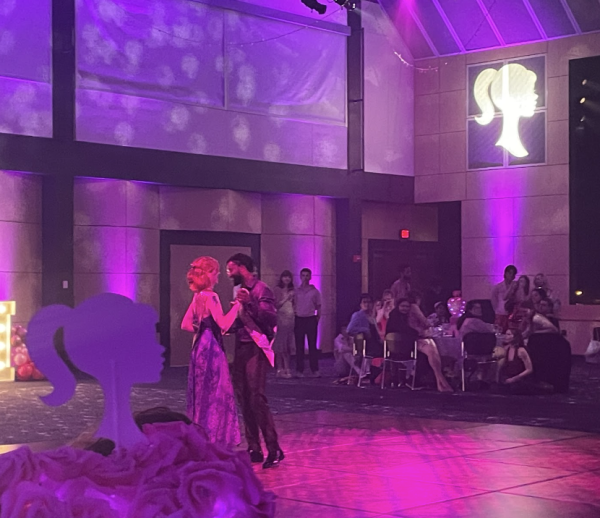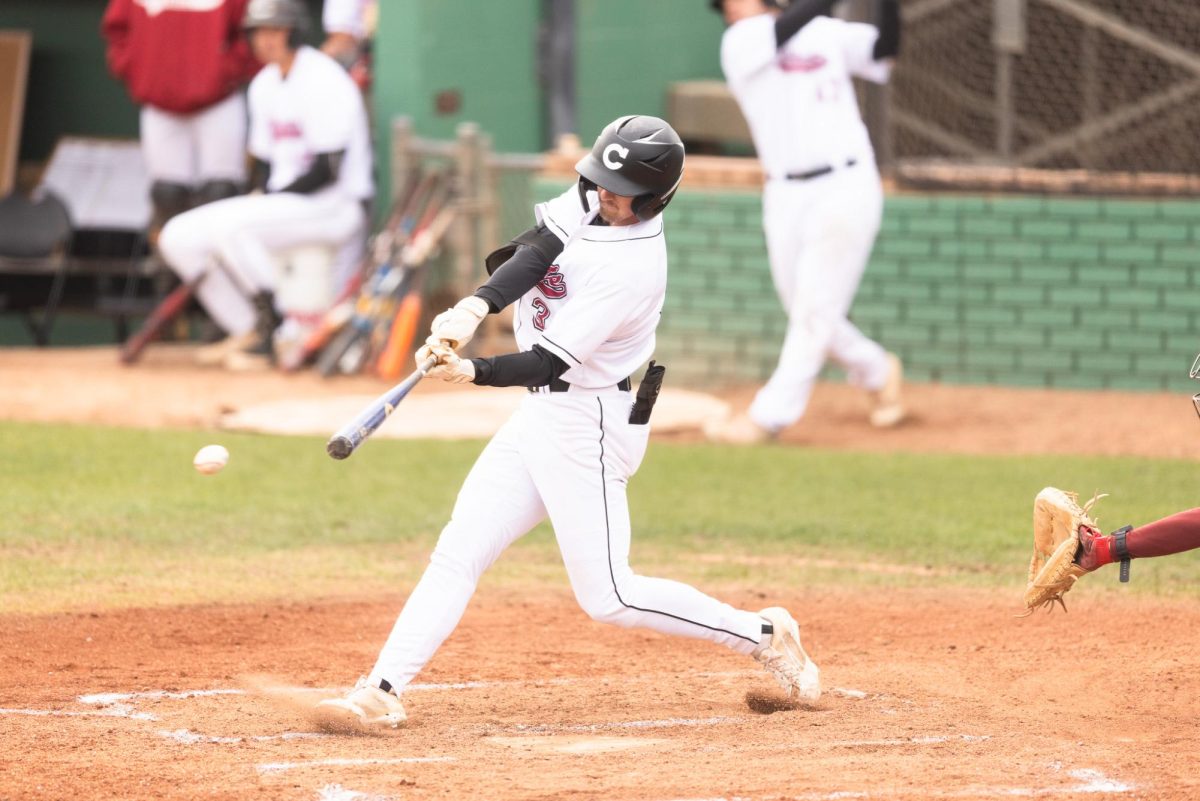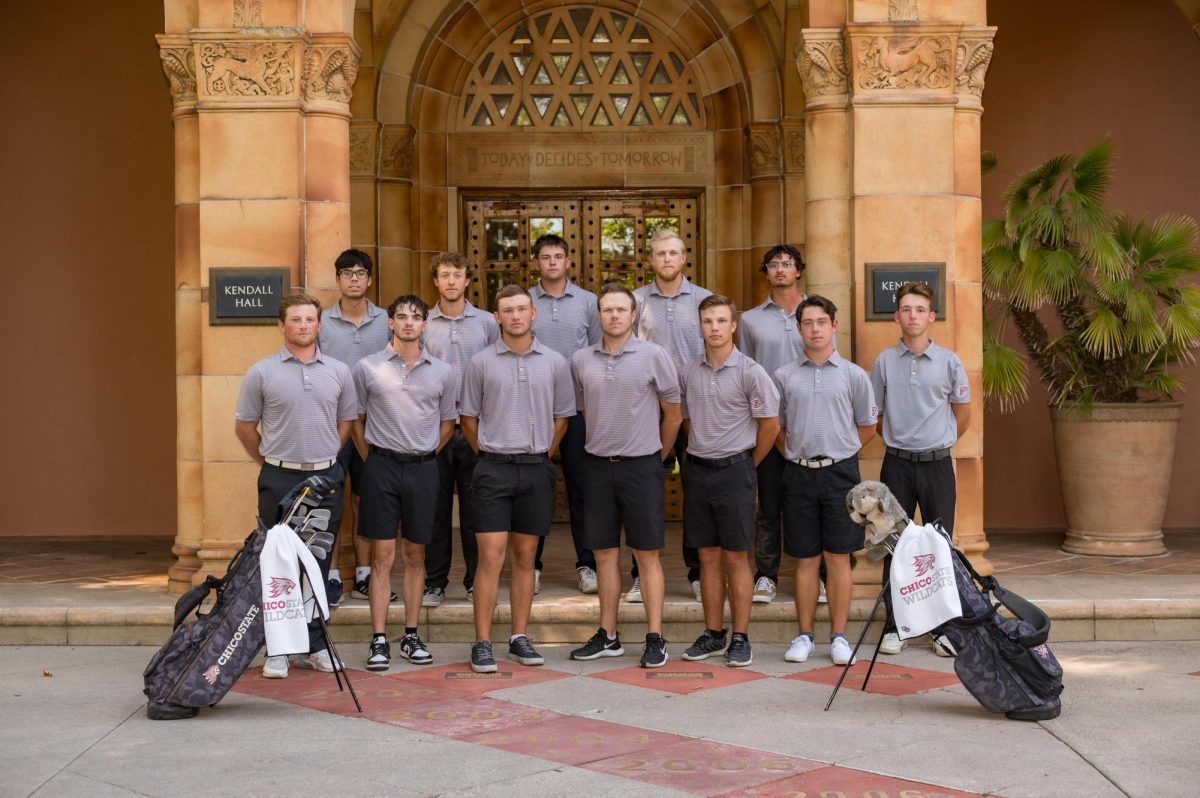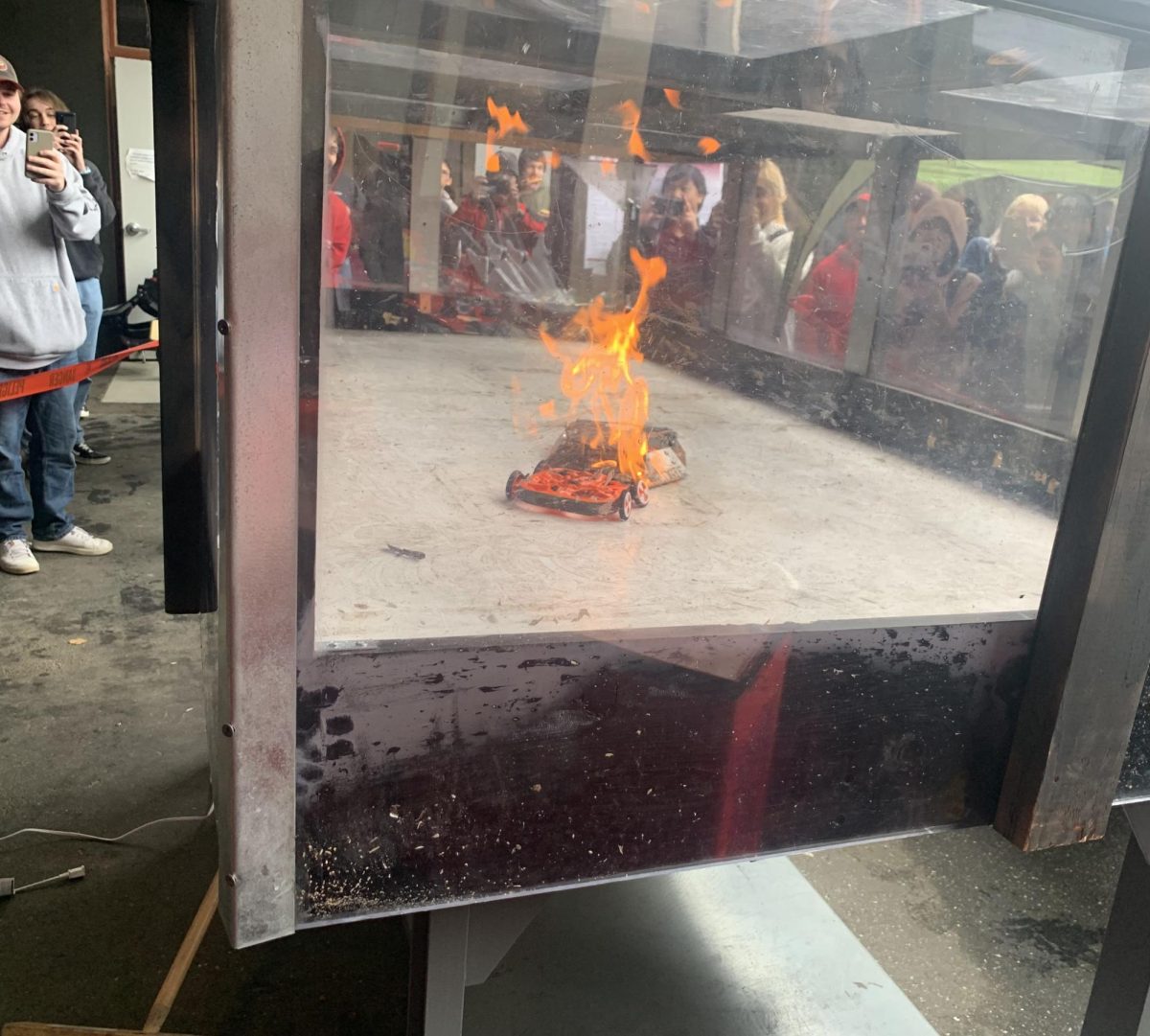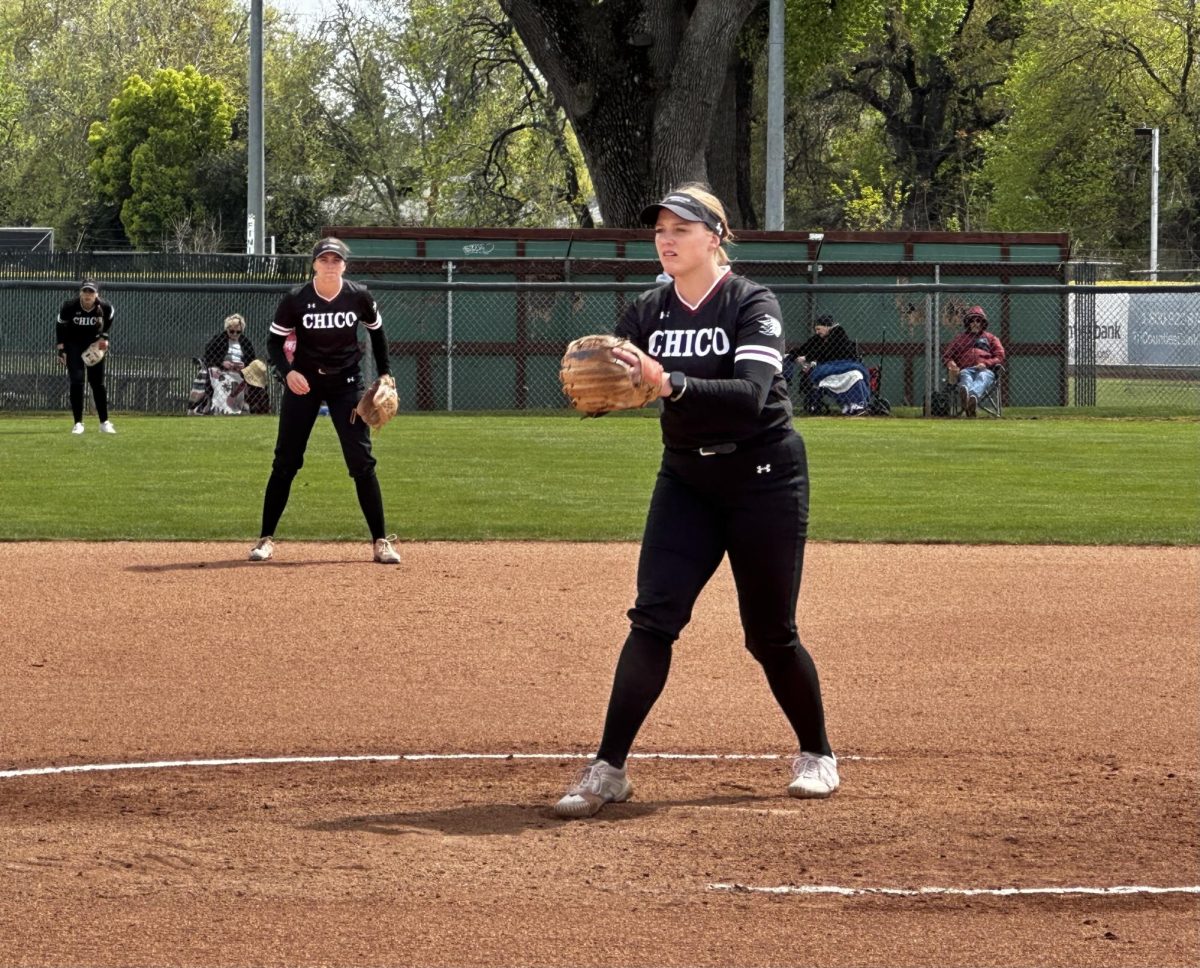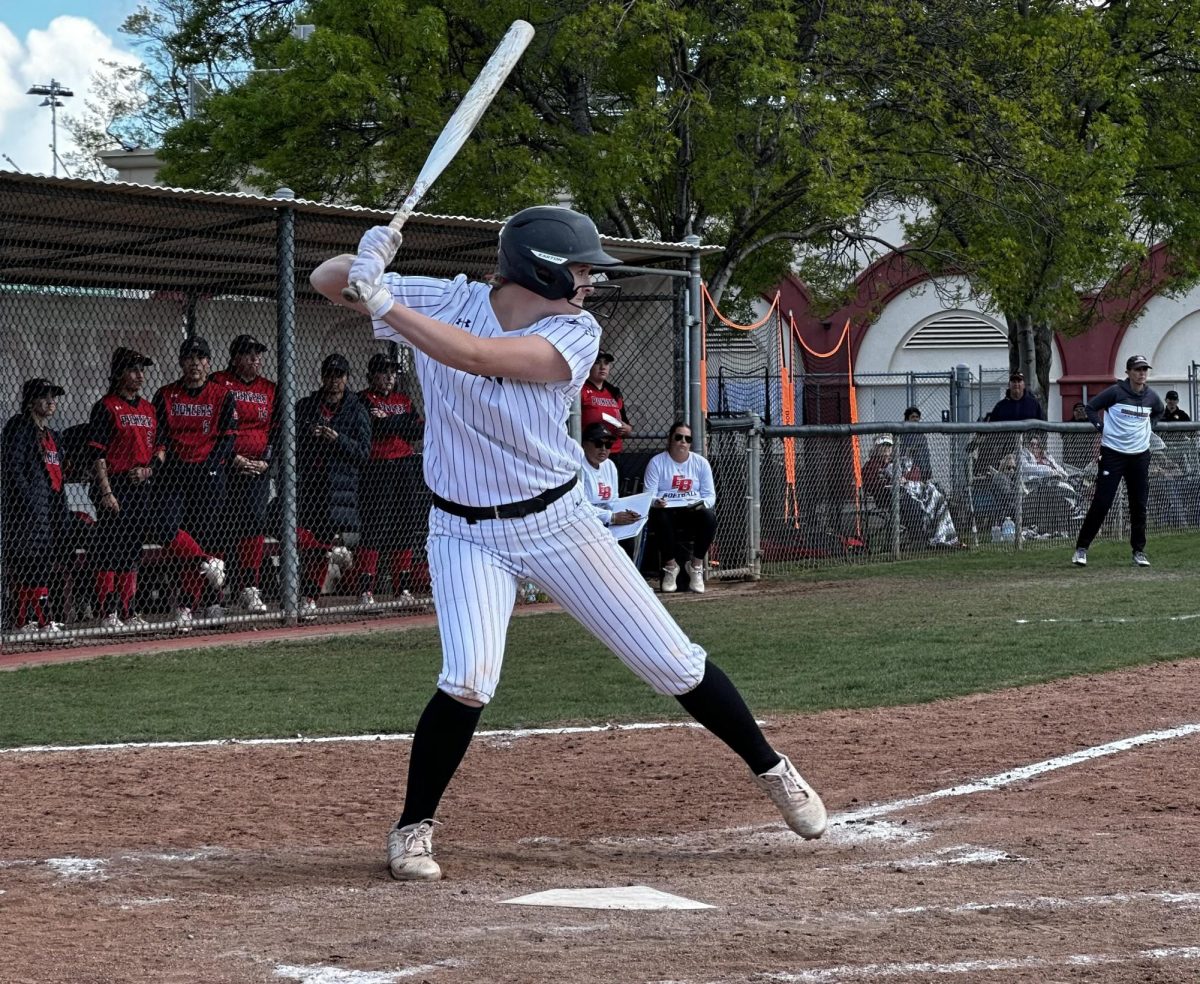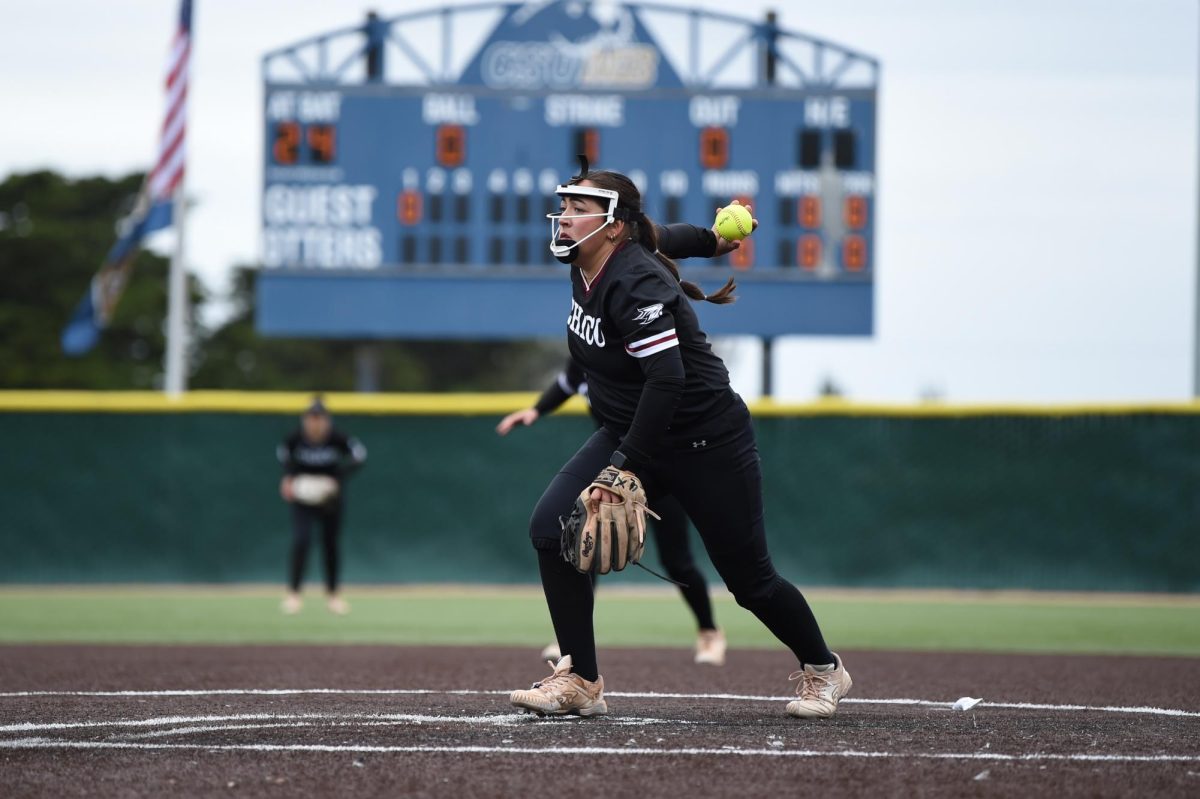The concussion protocol for collegiate and professional sports is flawed and needs to be improved.
Athletes who have suffered any dramatic head injury should not be allowed to return and play that same day. Although professional sporting leagues and collegiate sports have implemented concussion protocols to varying degrees, the leagues do not do enough to help prevent and detect potentially concussed players from further damage. For example, the NFL’s the biggest issues with many of the leagues protocols is that their language only speaks toward immediate concussion symptoms.
A prime example would be during the opening game of the NFL season this past year. During the game between the Carolina Panthers and Denver Broncos, Panthers quarterback Cam Newton received several shots directly to his helmet. Not once was Newton removed to be evaluated for a potential concussion because he did not display any of the symptoms expressed in the leagues protocol. While the protocols for the leagues may have steps for concussions once they’ve already experienced and shown signs of a concussion, they don’t do a good enough job of preventing the initial concussion.
The protocols have set guidelines for what a suspected concussion during a game looks like and what would allow a player to return to during that same game. Many athletes in professional and collegiate sports have returned to games while still displaying minor concussion symptoms all because they could pass a flawed test.
Another issue is the lack of punishment for teams that fail to follow the concussion guidelines. While the NFL rules state teams who violate concussion protocols will be fined a minimum of $100,000 and a potential loss of draft picks, the rules only seem to apply to situations where the player has already suffered a concussion.
Concussions have started to become a rising safety concern among athletes. Many players suffer from concussion like symptoms without realizing it. The biggest problem with diagnosing concussions is that some symptoms don’t occur immediately and often won’t appear until hours or even days after the initial injury. Taylor Twellman, a former professional soccer player for the New England Revolution, had his career cut short in 2009 after receiving a punch in the face during a match against the LA Galaxy Aug. 30, 2008. Due to a then lack of concussion awareness, Twellman returned to the game and continued to play for the next eight weeks. Just a few delayed symptoms include sensitivity to light and noise, concentration difficulties, memory loss and irritability among other personality changes.
The protocols in place are steps in the right direction for the safety of our athletes, but there needs to be major improvements to better protect them. Until professional leagues and collegiate sports programs realize this fact, athletes like Twellman will continue to suffer from potential career ending and long term concussion injuries.
Marc Wilson can be reached at [email protected] or @mwilsonsports on Twitter.



